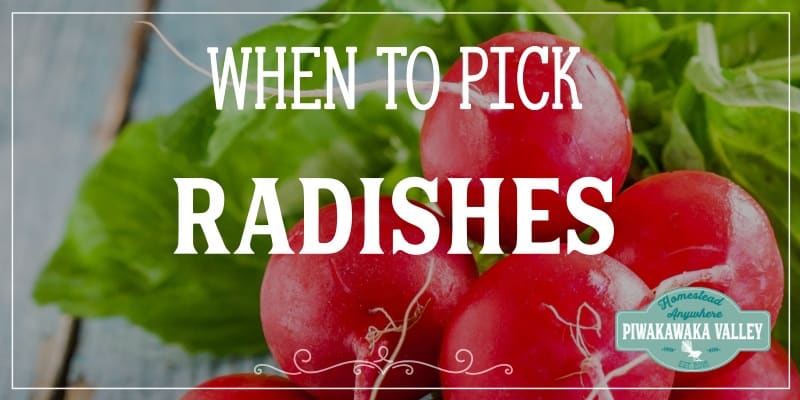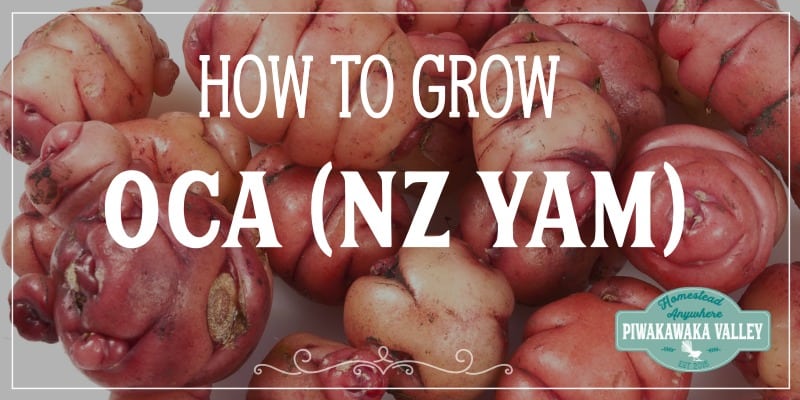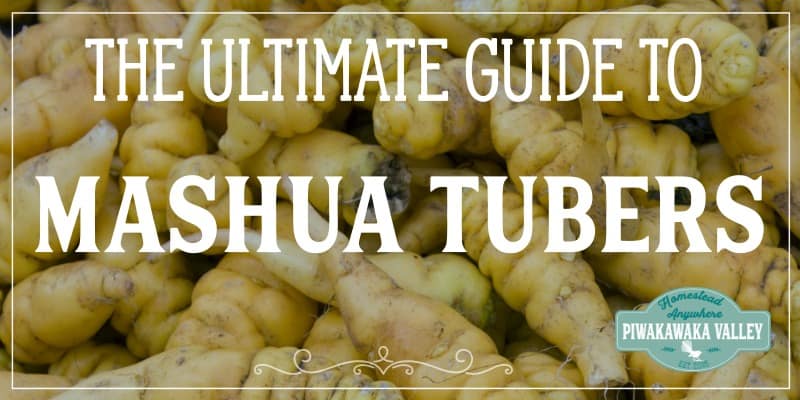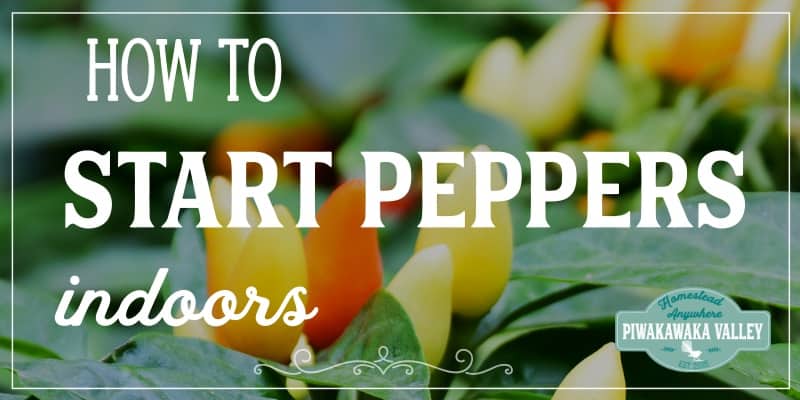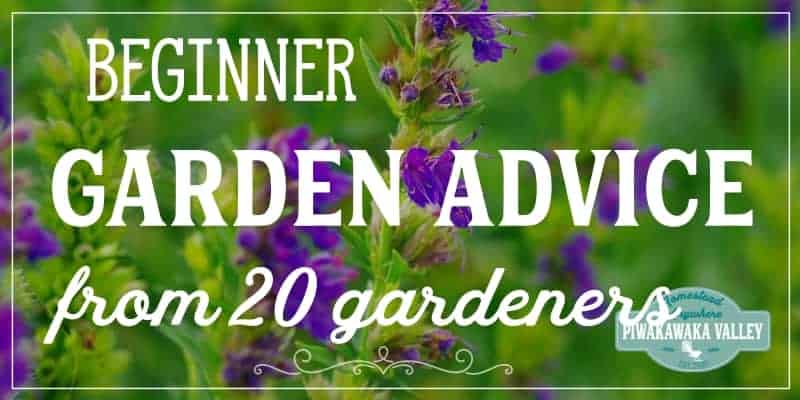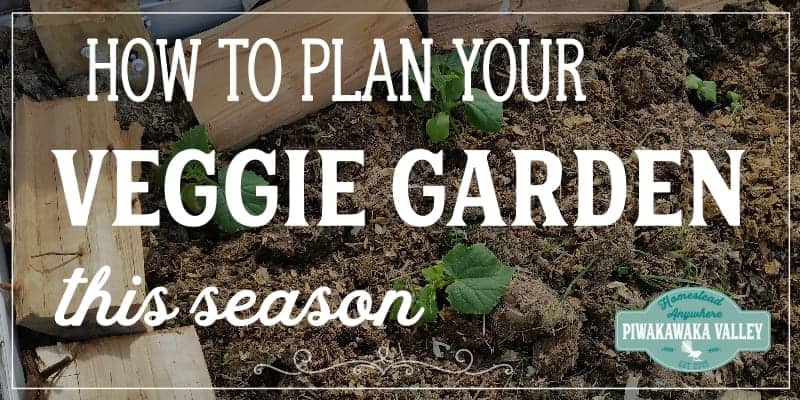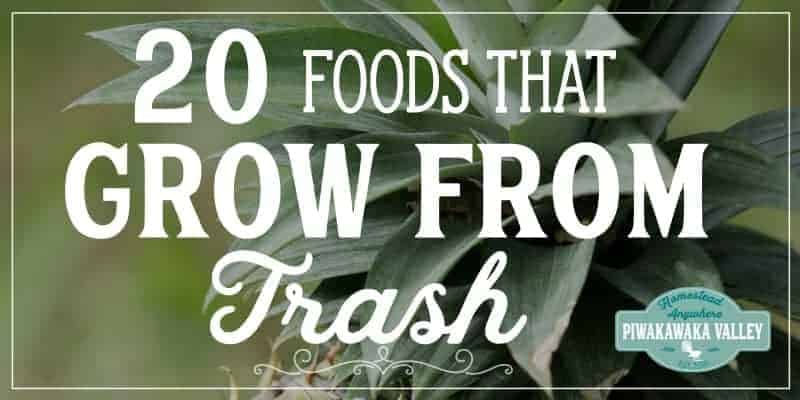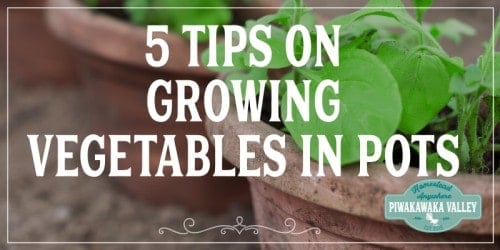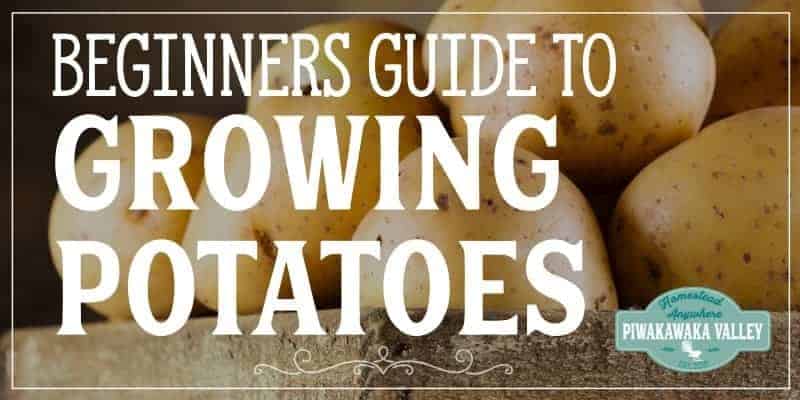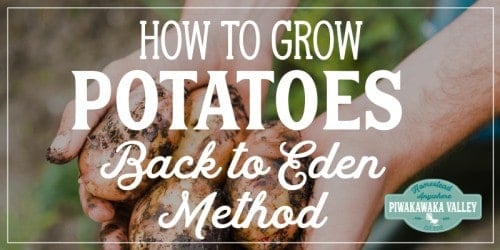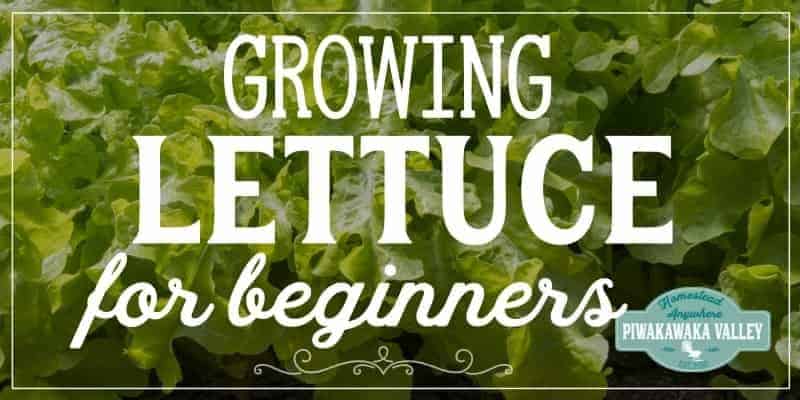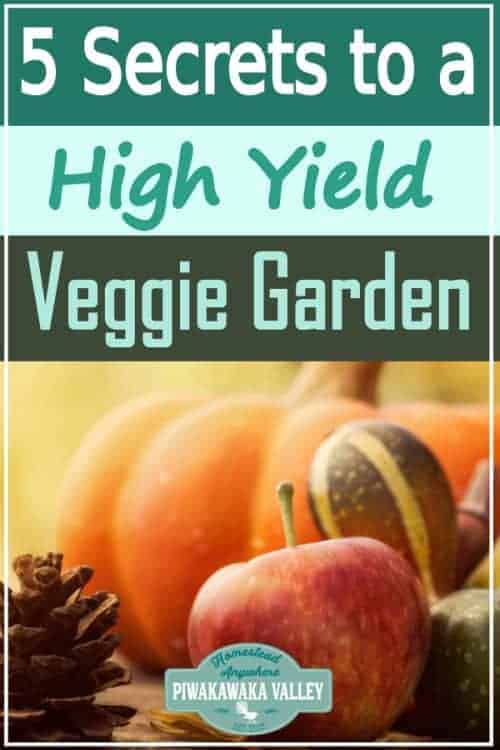This post was most recently updated on January 27th, 2021
If you are growing a vegetable garden, you will want to be getting as much harvest as you can from your efforts. If you have a small backyard here is how to get the most out of a small garden. There are some secrets to a high yield vegetable garden in your backyard, that will ensure that you have the most productive garden that you can.
Please read: This information is provided for educational purposes only and is not intended to treat, diagnose or prevent any disease. We encourage you to make your own health care decisions in partnership with a qualified health care professional.
This post contains affiliate links, this means at no extra cost to you, we make a commission from sales. Please read our Disclosure Statement
Follow these gardening tips and see just how much of a harvest you can get from your garden this season.
How to get the most out of a small garden
1. Raised beds or containers
Not only do raised beds look nicer in your backyard, they also have many benefits when growing your own food.
The benefits to raised beds are:
- They drain better
- The warm up faster in the spring and stay warmer in the autumn/fall
- They are easier to add nutrition to
- You can fit more in a bed by planting more intensively
- They are easier to cover to protect from weather or pests with hooped covers
Using raised beds will allow you to have a longer growing season, while being able to grow more food in a smaller area and they are easier to manage.
You can make your raised bed edges out of pretty much anything, and they don’t have to be expensive. Even free un-treated pine will last 3-5 years in most climates.
More permanent materials like brick, stone, concrete, and cedar/macrocarpa will last much longer. You can use tanalised timber, but you will have to line the bed sides with polythene plastic to stop the cyanide leaching in to your soil.
RELATED: Why raised beds are better
If your actual garden space is lacking, adding some containers to your patio or unused areas is a great way to get more food out of a small backyard garden.
RELATED: Best container garden tips
2. Keep it weed free
There is a movement towards “natural gardening” where weeds are allowed to grow and prosper in a garden under the guise of biodiversity.
This can be of benefit if you allow some useful “weeds” to grow in certain areas – things like dandelion, chickweed and purslane are some edible and non-invasive weeds.
Invasive weeds like couch/twitch grass, climbing clover, buttercup, thistle and dock are more likely to take over your garden, rob nutrition from your plants and make gardening unpleasant.
If you wish to allow some beneficial weeds to grow in your garden, try to keep them to one or two selected areas, and keep out the invasive weeds.
This will give you a cleaner seed bed for planting out in and make more room for growing food plants.
RELATED: How to improve your soil
3. Mulch well
Mulching is the secret to easy gardening. A thick layer of organic mulch will feed your soil, the earth worms, bacteria and fungi. The secret to healthy plants is to have healthy soil.
Mulching the ground also will:
- Retain moisture
- Protect the soil from erosion
- Keep weeds down
- Look better
- Feeds the soil
You can use a variety of things as mulch on your garden. If you want to follow the Back to Eden method of gardening, then wood mulch would be the mulch of choice. However, if you have slug problems, using compost might be more beneficial as the slugs don’t live in the compost.
Organic mulching options include:
- Coir mats
- Wood mulch
- Old hay
- Straw
- Pea straw
- Shredded paper
- Cardboard
- Leaves
- Compost
- Grass clippings
- Bark
- Wood shavings
- Chop and drop crops – peas, beans, mustard, comfrey are all common choices
For more information about mulching read here
You can also use the method known as “tarping” when you place a piece of tarpaulin, silage tarp or black plastic over an area for 3 weeks to 12 months to kill the weeds that are growing there.
It is a very effective way of killing off most weeds, and it can be used to protect your empty gardens over the winter, as well as prepping new beds.
4. Feed your garden
Plants are living things, and as you take out plants, you need to be replacing the nutrients in the soil.
One of the best things you can do to start with is do a simple soil test, like with one of these kits.
Then you will know what you need to add to your soil to make it the best environment for growing a better yield of plants.
Some plants like tomatoes and potatoes are heavy feeders and they need a lot of food over their growing season to give you the best harvest.
A top dressing of 2-3 inches of compost once or twice a season is a great way to ensure everything in your garden is getting the food it needs.
Some plants also need lime to sweeten the soil, while others prefer to acidic soils that compost and manure provide.
RELATED: Organic soil amendments
5. Grow what works
There is no point in trying to grow crops that simply cannot grow in your climate.
Where we live is considered “temperate” so while it doesn’t get very cold in the winter, it also doesn’t get very warm in the summer.
Because of this, in the cooler months we can grow things like peas and kale, and in the summer if we are lucky we might be able to get tomatoes to crop outside – but usually we grow these in a tunnel house.
6. Grow UP
Find ways to use vertical space in your garden. You can use climbing frames to grow all sorts of pumpkins, squashes, cucumbers, tomatoes and other vines that usually like to sprawl everywhere.
You can also fix guttering to fences to grow shallow rooted crops in – lettuce and strawberries are classic choices for gutter gardens.
7. Short season varieties
The faster that you can cycle your crops through your garden the more yield you will be getting from a smaller space. Many varieties that are referred to as “early” are the faster growing varieties.
If most carrots are ready in 110 days, growing one that is ready in 90 days gives you almost enough time to grow radishes or lettuce in the same space after or before them.
8. Use succession planting
Many gardeners plant their garden only once in a season. With a little planning, you can have the next crop ready to go in when you harvest the current crop – or in many cases, you can interplant the next crop a few weeks before harvesting the current one!
Make the most of the garden space that you do have by planting several times each season.
9. Minimise your spacing
Most seed packets have a recommended spacing of plants on it. This recommendation is for market gardeners that need to be able to fit implements between the rows. Usually in a small backyard garden you can halve the spacing that they recommend, without detriment to the plants, as long as your soil is fertile and they get ample water.
Diagonal plant spacings also allow you to fit more in your garden because you don’t have to have them in straight rows. By offsetting your rows you can fit more in a garden space.
Instead of:
o o o o o o o o
o o o o o o o o
o o o o o o o o
Try this:
o o o o o o o o
o o o o o o o o o
o o o o o o o o
Same amount of space, but you get in two more plants!
10. Try smaller varieties of your favourite crops
Some plants simply take up a lot of space in a garden, and there are now smaller varieties that are just as delicious, they just take up less space.
Dwarf peas, dwarf beans, baby bear pumpkins, and many others have been bred with smaller gardens in mind. If you grow tomatoes go for high yield varieties like sweet 100 cherry tomatoes, that is a lot of tomato yield in one plant!
We have a few tools to help you know what to plant and when – Seed sowing and harvesting guide and what usda zone you are and what you can plant when
Follow these tips and tricks to ensure you have the highest yield out of your garden this season!
If you would like help getting the most out of your garden, I would love to help you, find out more here
RELATED: Free Gardening Resources
If you like tips on frugal living, self sufficiency and consuming less, sign up to our newsletter below, I would LOVE to have you
For further reading, I also recommend all of these books. I own every one of them and they are amazing resources!






